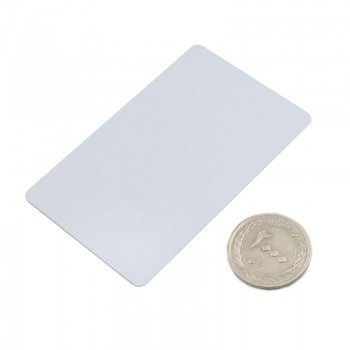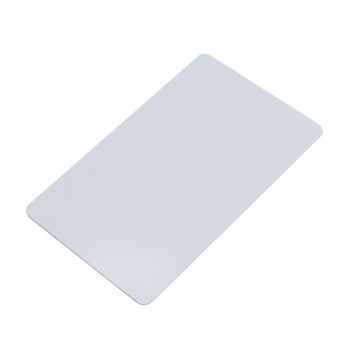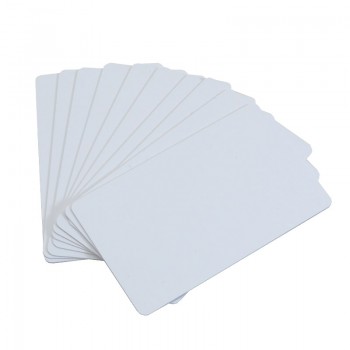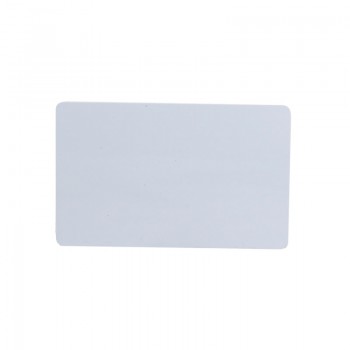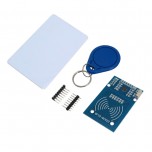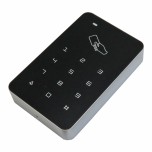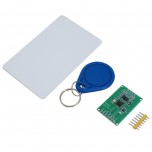- کالاهای جدید
- فروش ویژه
- آردوینو
- ماشین های مونتاژ PCB
- کتاب ها و پکیج های آموزشی
- کیت ها
- گلخانه هوشمند
- مینی پی سی
- سایر بردها
- قطعات الکترونیک
- ماژول های صوتی
- ارتباطات
- دوربین و تصویر برداری
- ربات های پرنده
- محصولات RFID
- سنسور ها و ماژول ها
- لیزر ها
- LED و لامپ
- USB Host
- اسکنر بارکد
- انکودر
- بخار ساز
- تاریخ و ساعت
- تشخیص اثر انگشت
- تشخیص سطح مایع
- تشخیص مانع و خط
- سایر ماژول ها
- سنجش مسافت
- سنسور پی هاش
- شعله و حرارت
- عصب و عضله
- فشار و ارتفاع
- ماژول دوربین
- مولد سیگنال
- نبض و فشار خون
- نیرو و وزن
- هاب
- هواشناسی
- پتانسیومتر
- پرینتر و چاپگر
- کارتخوان مغناطیسی
- کوره القایی
- کی پد و جوی استیک
- حرکت و لرزش
- شتاب و زاویه
- تشخیص گاز
- جریان و ولتاژ
- دما و رطوبت
- کارتخوان اس دی
- سوئیچ و رله ها
- صوت و آوا
- مکان یابی
- ژیروسکوپ
- لمس و فشار
- مبدل ها
- نور و رنگ
- آب و مایعات
- امواج مغزی
- رادیو اکتیو
- جریان آب
- مغناطیس
- گرد و غبار
- اثر هال
- ابزار آلات و تجهیزات
- آهنربا و مغناطیس
- ابزار اندازه گیری
- ابزار لحیم کاری
- اسکرچرها
- باکس و نگهدارنده
- برد بورد-مدار چاپی
- تبدیل ها
- تجهیزات کامپیوتری
- ترازوی دیجیتال
- دستگاه اسید کاری
- شیر برقی
- فن
- قفل های الکترونیکی
- قلم مو
- لوازم بسته بندی
- لوازم چاپ PCB
- محافظ برق شهری
- مولتی متر
- میکروسکوپ
- هاب
- هیتر ها
- پمپ
- چسب ها
- کابل و سیم
- کارت حافظه و مبدل
- پروگرامر و آنالایزر
- اسیلوسکوپ
- سایر
- ابزار
- منبع تغذیه و باتری
- موتور ها و درایور
- هوشمند سازی و امنیت
- نرم افزار ها
- نمایشگر ها و درایور
- قطعات رباتیک
- پروفیل و اتصالات مربوطه
- پرینتر سه بعدی
- محصولات واحد پرینت 3بعدی
- اسکنر سه بعدی
- ماشین های CNC و برش
- پروژه ها
کارت RFID دارای فرکانس 13.56MHz بسته 10 عددی
کارت آر اف آی دی فرکانس 13.56 مگاهرتز
کارت Radio-frequency identification که به اختصار RFID نامیده می شود وسیله ای برای شناسایی و کنترل افراد در کارخانه ها، شرکت ها، سمینارها، کارت های هوشمند، سیستمهای کنترل، بخش کنترل چمدان ها و کتابخانه ها می باشد. این کارت های شناسایی دارای یک مدار الکترونیکی می باشند که شامل آنتن و تراشه است. تراشه داخل کارت RFID دقیقا کارکردی مشابه بارکدها یا نوارهای مغناطیسی دارد و درست مانند آنها برای گرفتن اطلاعات نیاز به اسکن شدن دارد که به منظور کدگذاری و خواندن اطلاعات از تراشه ها استفاده می گردد.
کارت های RFID غیر تماسی هستند و برای اسکن شدن نیازی به تماس دقیق با اسکنرها ندارند و زمانی که تگ نزدیک یا در محدوده کدخوان (RFID Reader) قرار می گیرد میدان مغناطیسی تولید شده توسط کد خوان، باعث فعال شدن تگ می گردد و کارت به طور پیوسته اقدام به ارسال داده از طریق پالس های رادیویی می کند و در نهایت داده توسط Reader دریافت و توسط کامپیوتر، میکروکنترلر و یا پردازنده های دیگر پردازش و ارسال می شود.
سطح این کارت آر اف آی دی فرکانس 13.56 مگاهرتز قابل چاپ بوده و شما می توانید طرح خود را با استفاده از چاپگرهای ویژه بر روی آنها پرینت نمایید. برای خرید دستگاه کارتخوان این تگ ها با فرکانس 13.56 مگاهرتز می توانید به این بخش مراجعه نمایید. همچنین برای ذخیره اطلاعات بر روی حافظه این کارت می توانید از این ماژول استفاده نمایید.
کاربرد تگ RFID:
- کنترل تردد
- ورودی ادارات
- شرکت در سمینارها و مایش ها
مشخصات تگ RFID:
- ظرفیت: 8K-bit EEPROM
- قابلیت نگهداری دیتا تا 10 سال و باز نویسی تا 100 هزار مرتبه
- فرکانس کاری: 13.56MHZ
- فاصله خواندن کارت توسط کارت خوان: کمتر از 10 میلیمتر (این فاصله در کارت خوان های مختلف متفاوت است)
- مجهز به مکانیسم Anti-collision
- هر کارت شماره سریال متفاوت دارد.
- سرعت ارتباط: 106Kbps
- ابعاد :8.7 * 5.5



